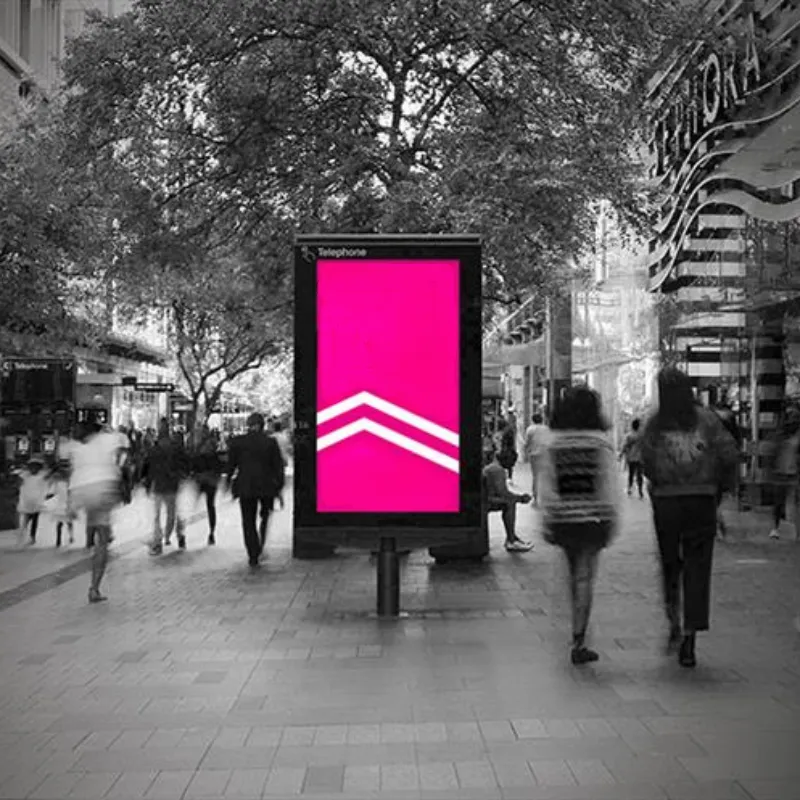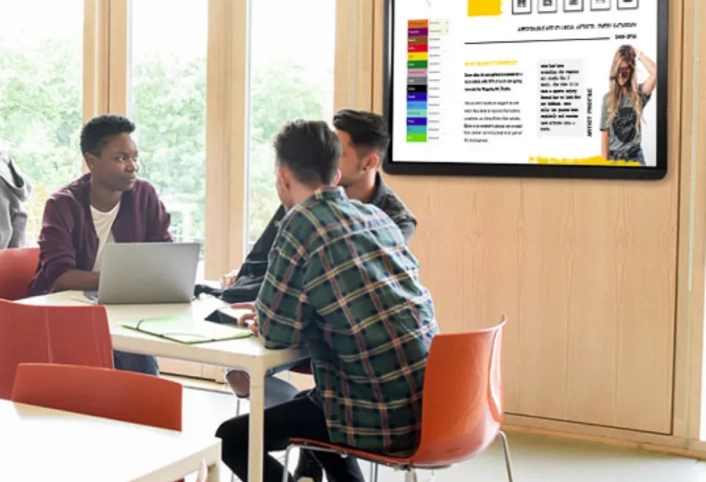In an era where real-time information and engaging content are more important than ever, Digital Information Panels are redefining how cities and businesses communicate with their audiences. These advanced outdoor LED modules offer a versatile and efficient solution for broadcasting video, images, and text in public spaces. Whether you’re looking to enhance city signage or elevate your brand’s visibility, digital information panels provide an innovative alternative to traditional advertising methods. In this blog, we’ll delve into what digital information panels are, their key benefits, and how they are transforming urban communication.
What Are Digital Information Panels?
Digital information panels are sophisticated outdoor LED displays designed to broadcast a wide range of content, including images, videos, and text. These panels are part of a modern digital signage ecosystem that enables real-time communication and dynamic content delivery across various locations within a city or business environment. Unlike static vinyl banners, digital information panels offer flexibility and interactivity, allowing for a more engaging and up-to-date communication experience.
Each digital information panel is compact, lightweight, and highly adaptable, making it suitable for installation in a variety of locations such as poles, streetlights, and other urban infrastructure. This versatility ensures that digital information panels can be seamlessly integrated into the cityscape, providing a cost-effective solution for delivering messages and advertisements.
Key Benefits of Digital Information Panels
1. Real-Time Content Updates: One of the most significant advantages of digital information panels is their ability to update content in real-time. Through an advanced management interface, you can create, schedule, and modify content from a central location. This feature allows you to respond quickly to changing events, update promotions, or deliver urgent messages without the need for physical changes or replacements.
2. Enhanced Visibility and Engagement: Digital information panels are designed to stand out in various lighting conditions, including bright daylight and nighttime. Their high-resolution displays and brightness ensure that content remains clear and engaging, capturing the attention of passersby. This visibility is a crucial factor in effectively communicating messages and attracting interest in high-traffic areas.
3. Cost-Effective Installation and Maintenance: Compared to traditional large-format displays or multiple static banners, digital information panels offer a more economical solution. Their compact and lightweight design allows for easy installation on existing infrastructure such as street poles and light posts. Additionally, the digital nature of these panels reduces maintenance costs associated with physical signage changes and repairs.
4. Versatility in Content Delivery: Digital information panels support a wide range of content types, including static images, dynamic videos, and scrolling text. This versatility allows you to tailor your messaging to different audiences and contexts, from public announcements and city information to advertising and promotional campaigns.
5. Eco-Friendly Solution: By reducing the need for physical printing and replacing traditional banners, digital information panels contribute to a more sustainable approach to advertising and communication. Their digital format minimizes waste and lowers the environmental impact associated with producing and disposing of physical signage.
6. Advanced Management Interface: The control and management of digital information panels are facilitated through an advanced digital interface. This system allows for seamless content scheduling, real-time updates, and performance monitoring. With this centralized control, you can efficiently manage multiple panels across different locations, optimizing the effectiveness of your communication strategy.
Applications of Digital Information Panels
Digital information panels are incredibly versatile and can be employed in a variety of settings:
– City and Municipal Communication: Use digital information panels to provide real-time updates on public transportation schedules, emergency alerts, event announcements, and other city-related information. Their strategic placement in urban areas ensures that important messages reach residents and visitors efficiently.
– Retail and Commercial Advertising: Businesses can leverage digital information panels to promote sales, new products, and special offers. Placing these panels near retail locations or high-traffic areas can drive foot traffic and increase brand visibility.
– Events and Public Gatherings: For events such as festivals, concerts, and sports games, digital information panels can be used to display schedules, live feeds, and interactive content. Their ability to broadcast dynamic content enhances the attendee experience and keeps the audience informed.
– Transportation Hubs: Install digital information panels in airports, train stations, and bus terminals to provide travelers with real-time updates on schedules, delays, and important announcements. The clarity and visibility of these panels improve the efficiency of communication in busy transit environments.
Future Trends and Innovations
As technology continues to advance, digital information panels are likely to see further innovations. Future developments may include:
– Increased Interactivity: Enhanced interactive features, such as touchscreens or motion sensors, could allow users to engage directly with the content, making information more accessible and engaging.
– Integration with Smart City Infrastructure: Digital information panels may become more integrated with smart city technologies, enabling real-time data sharing and automated content updates based on environmental factors or user interactions.
– Improved Energy Efficiency: Advances in LED technology and power management could lead to even more energy-efficient panels, reducing operational costs and environmental impact.
– Advanced Analytics: Integration with analytics tools could provide valuable insights into viewer engagement and content effectiveness, allowing for data-driven decision-making and optimization of communication strategies.
Conclusion: Embrace the Future of Urban Communication with Digital Information Panels
Digital information panels represent a significant leap forward in the realm of public communication and advertising. Their ability to deliver high-quality, dynamic content in real-time makes them an invaluable tool for modern cities and businesses alike. By offering unparalleled visibility, flexibility, and cost-effectiveness, these panels are transforming the way we communicate and engage with our audiences.
Whether you’re looking to enhance city signage, promote your business, or keep the public informed, digital information panels provide a cutting-edge solution that meets the demands of today’s fast-paced world. Embrace the future of urban communication and take advantage of the benefits that digital information panels offer.





